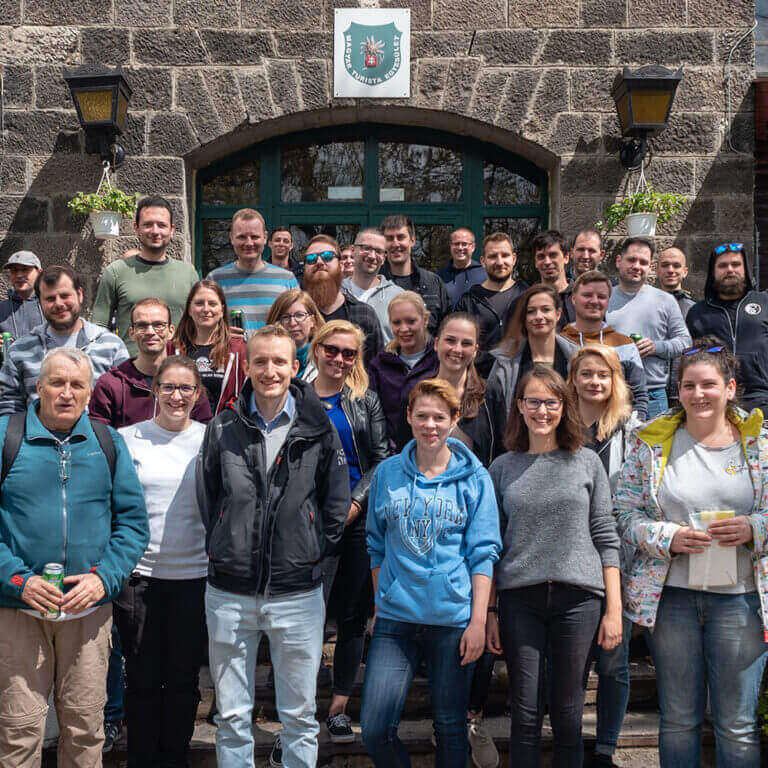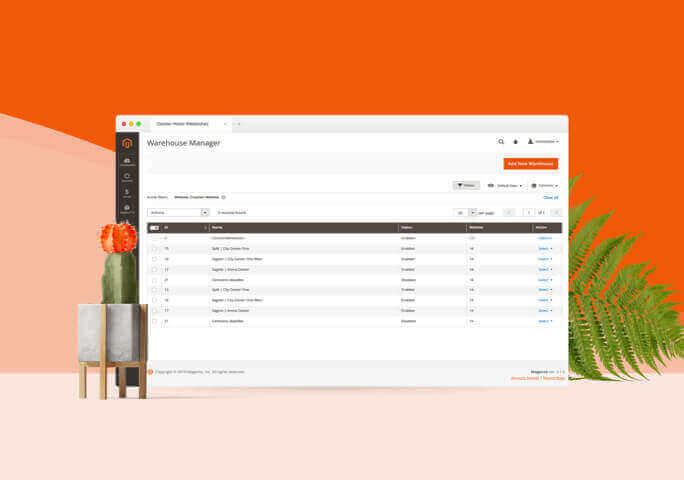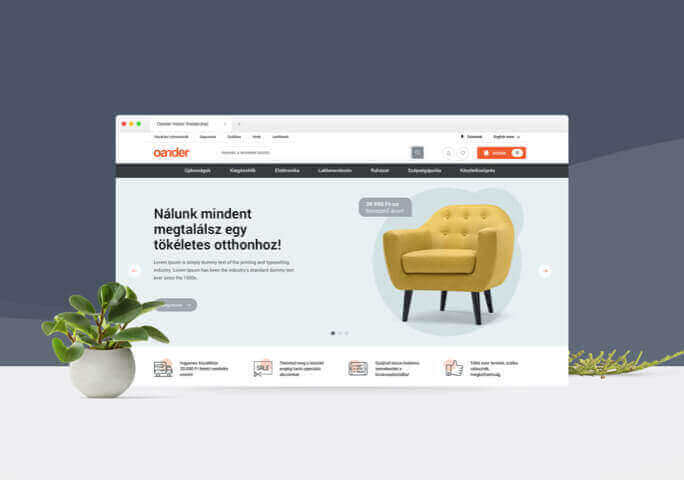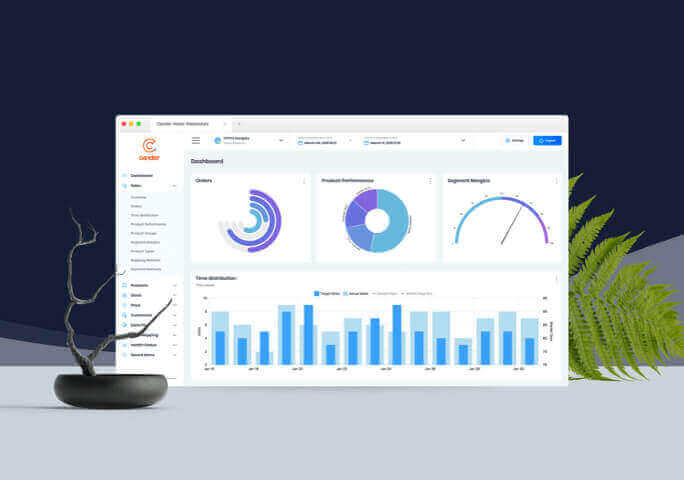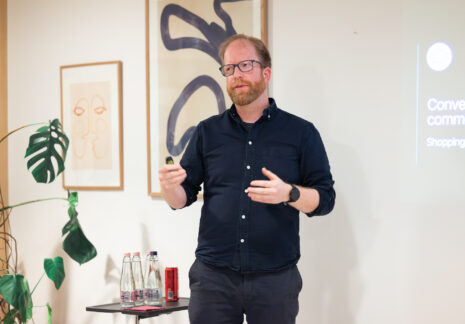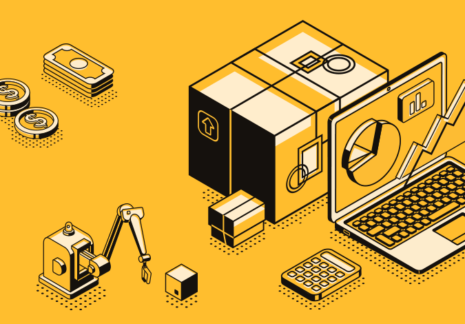No matter why we decide the use of external software for integration, the goal should always be the same: automation. Automation takes some of the workloads of the administrators by making the workflows smoother, it helps to reduce the risk of errors, making the user experience as seamless as possible. Mentioning the above aspects shows how complex a task integration is – essentially it means that a webshop needs to be perfectly finetuned with external systems to create a unified and wholesome ecosystem.
What can be automated in a webshop?
To put it simply, anything. But to elaborate a bit further, let’s see some essential integration processes:
One of the most common demands of webshops – and an absolute must for big online traders – is product synchronization through an external source, whether that source is an XLS sheet provided by the supplier or a completely independent product management software. With mass product upload we can eliminate the added workload of administrators and depend on its frequency, we can showcase a fully up-to-date product assortment to our customers. This also covers the product names and some parameters that are crucial for online sales (such as product category, color and size attributes), plus the product images can be managed as part of this process too.
When it comes to products, showing stock and availability and refreshing these attributes on a frequent and regular basis are essential. The speed of an automated stock update can also be crucial, especially during campaign periods (such as Black Friday promotions) when we simply cannot allow ourselves to have outdated and inaccurate data.
Sometimes products might come with their prices already assigned to them and being managed together, but in other cases, the prices might come from a completely external source and they may be attributed separately. In some cases we might want different customer groups to have access to different prices, we might want to do time-restricted promotions, we might want to introduce an automated pricing policy that’s based on our competitors offers or we might want to create a new price list for the entire product range.
All these demands can be quickly and efficiently fulfilled by using a middleware solution, often in such a way that no new developments will be required to integrate the different systems.
Another ordinary integration demand is to manage and share customer data with different automated ERP and marketing systems. Just think of all the different software that needs such essential information to ensure smooth operations – from invoicing, through delivery, all the way to send newsletters.
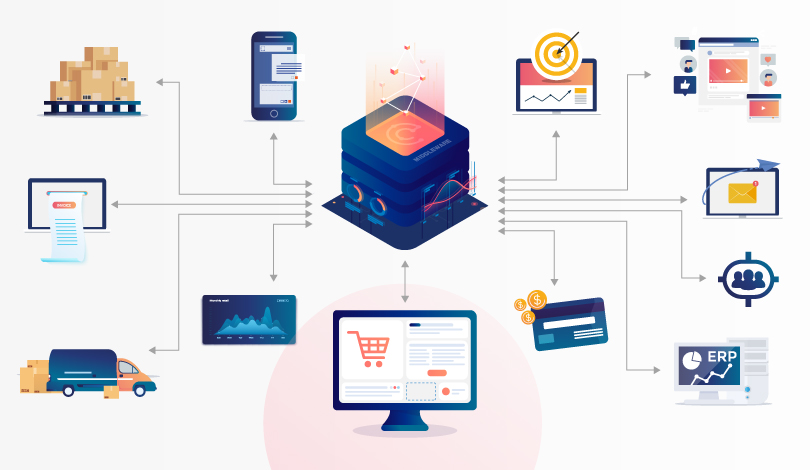
The quick processing of orders is one of the most crucial functions of webshops. Forwarding data to different systems can be done in unique ways, tailored to different needs. This includes stock allocation (when the products are allocated between shops and warehouses through a middleware layer, based on stock availability) and splitting orders for example (which means that certain products are managed as separate orders due to business or legal restrictions).
Despite being somewhat different, it’s also of high importance to integrate webshops with analytics software to get a clear idea of the content consumption behaviors and the shopping habits of our customers. With the help of this software, the site can be constantly parameterized, and both its frontend appearance and its content can be optimized and streamlined.
Often, one source of data (such as product information) is important for systems other than the webshop itself. Some data might need to be shared with other systems (such as the stock management one). Creating a connection that is based on a ‘one for more’ principle can help to optimise the administrative tasks and other relevant sale-related processes alike.
Such processes might typically involve external marketing solutions: we can forward relevant and up-to-date product information to different comparison sites, Google Ads, Google Shopping, and Facebook Catalog – boosting our conversion rates.
The more things we want to automate though, the more complex the processes will become. The different systems need to communicate not only with our webshop but often with each other as well. This also creates a need to model several different scenarios as customer behavior can be vastly different.
This is where a transitional layer comes in to play. It’s called middleware and it’s inserted between two or more software, managing the processes between the sender (such as the ERP, the stock management system, etc) and the receiver (the website). The point of this solution is to link all the different software to a central hub rather than to each other. This way the integration processes of a digital ecosystem can be carried out on this intermediate level.
A few reasons to choose middleware:
- With its use, the integration is safer and there is less room for errors.
It can be shaped and developed in a flexible way (and independently from the endpoints), creating possibilities to cater to unique demands. - Since it acts as a central hub, there is no need to integrate the different ERPs separately – this makes the integration tasks of the project development quicker and more cost-effective.
- The data processing of the integration is ultra-fast, as it’s carried out a system that is optimized specifically for this.
- With a middleware solution, we can conjoin different data that’s coming from individual systems (for example if product information comes from a product management system and the prices are coming from an ERP, we just need to wait until both are supplied – this way, we only need to create the item when all information is ready).
- On this middleware layer, we can set business logics: we can prioritize stocking facilities, we can set stock allocation patterns (for example we can book the orders to facilities that have more stock available or that have all products available, etc.)
- It takes the load off both the webshop and the ERP, so their performance can improve, and they can be faster.
The original Hungarian version of this article was published on Kosárérték.hu. This piece was written by our colleague Dávid Roskó, who has been the Integration Business Leader of OANDER Development Ltd. since 2016.


